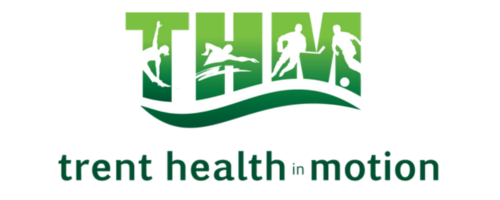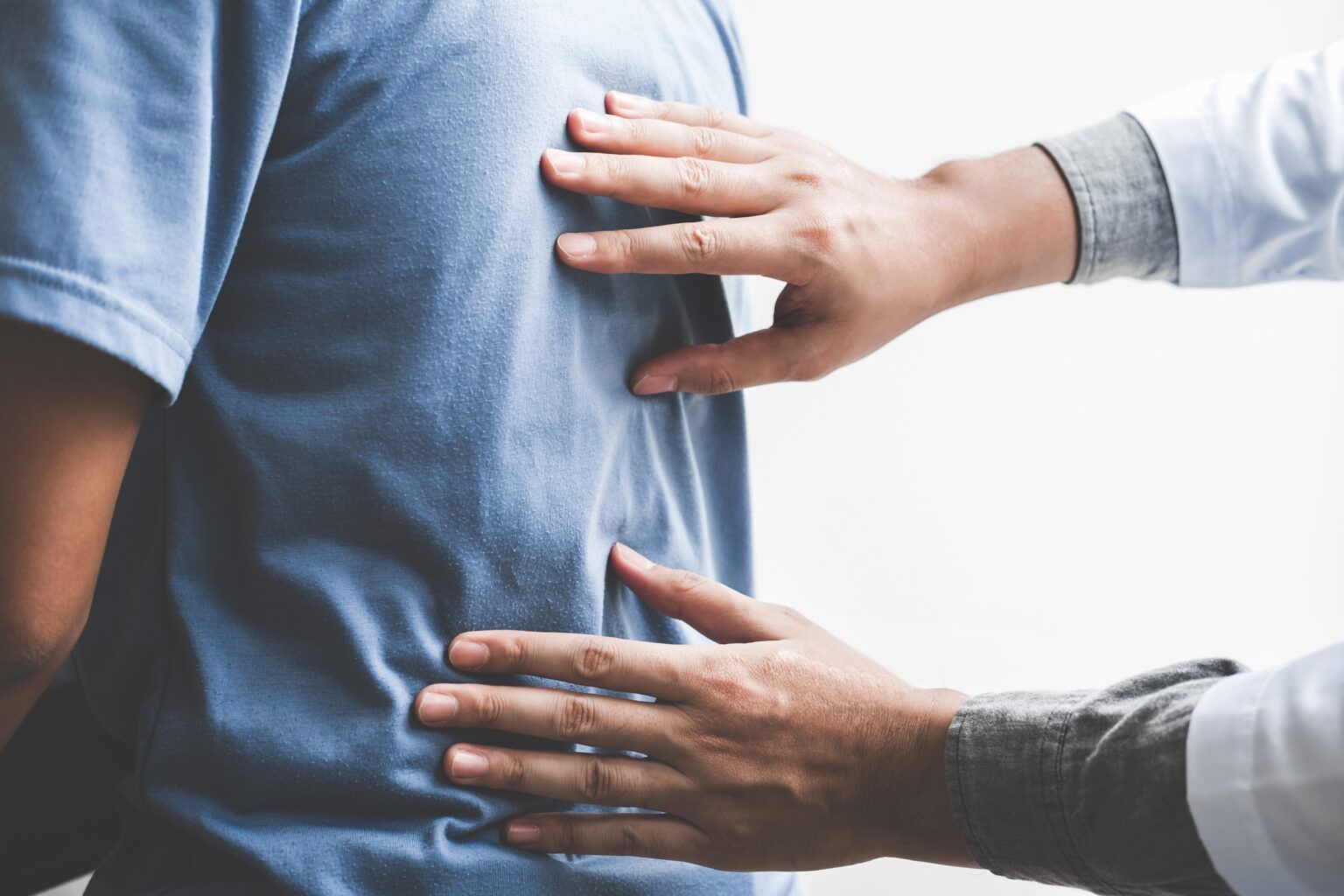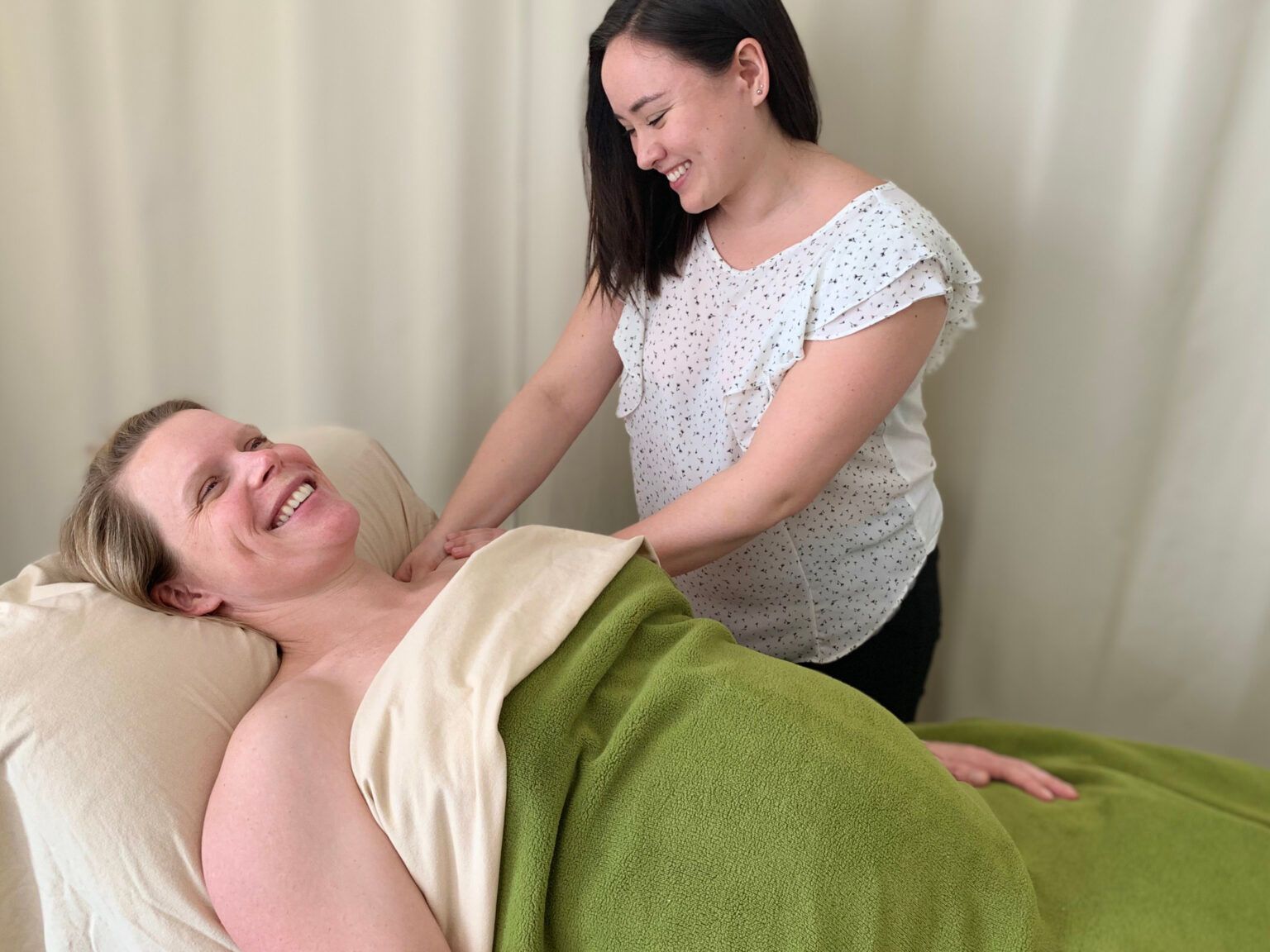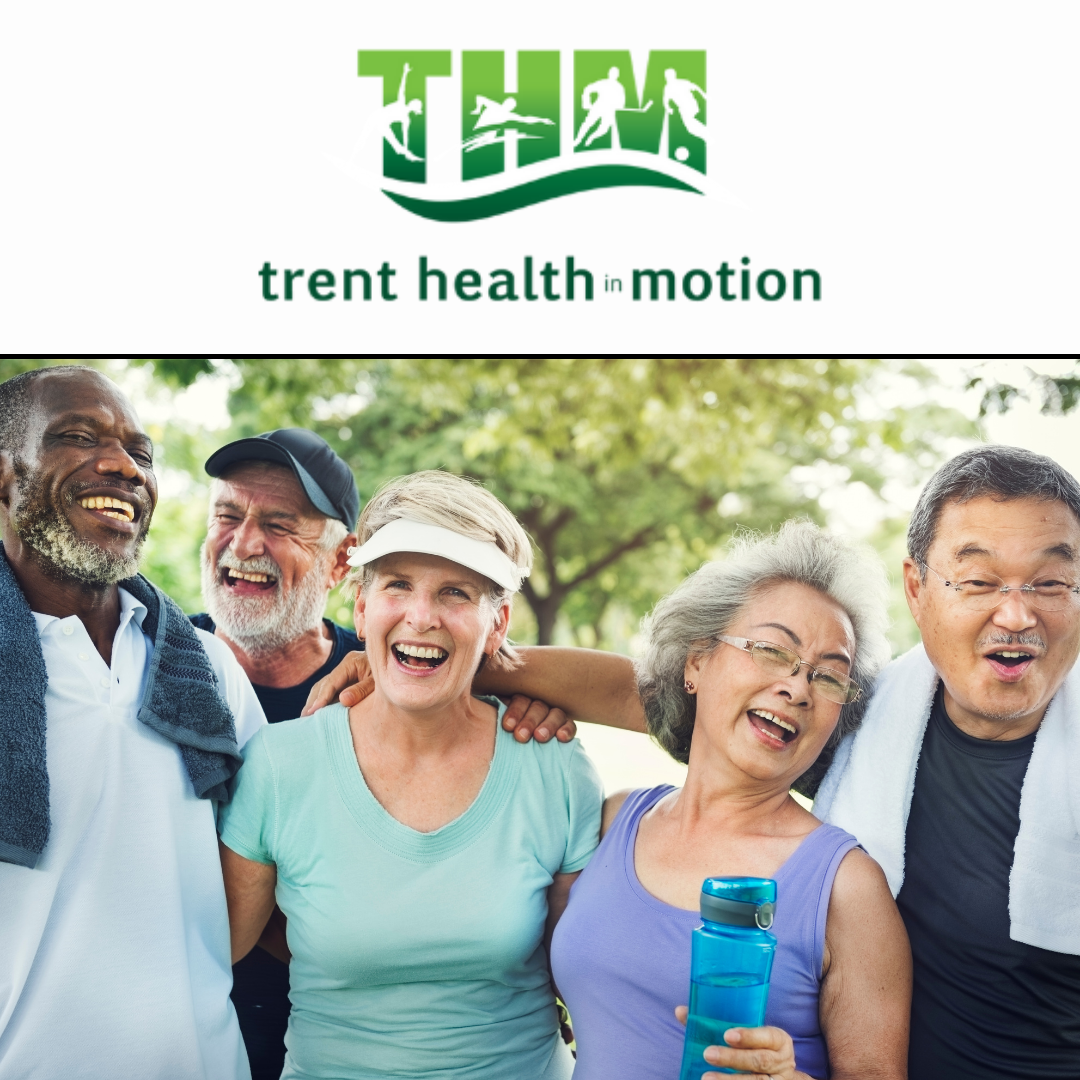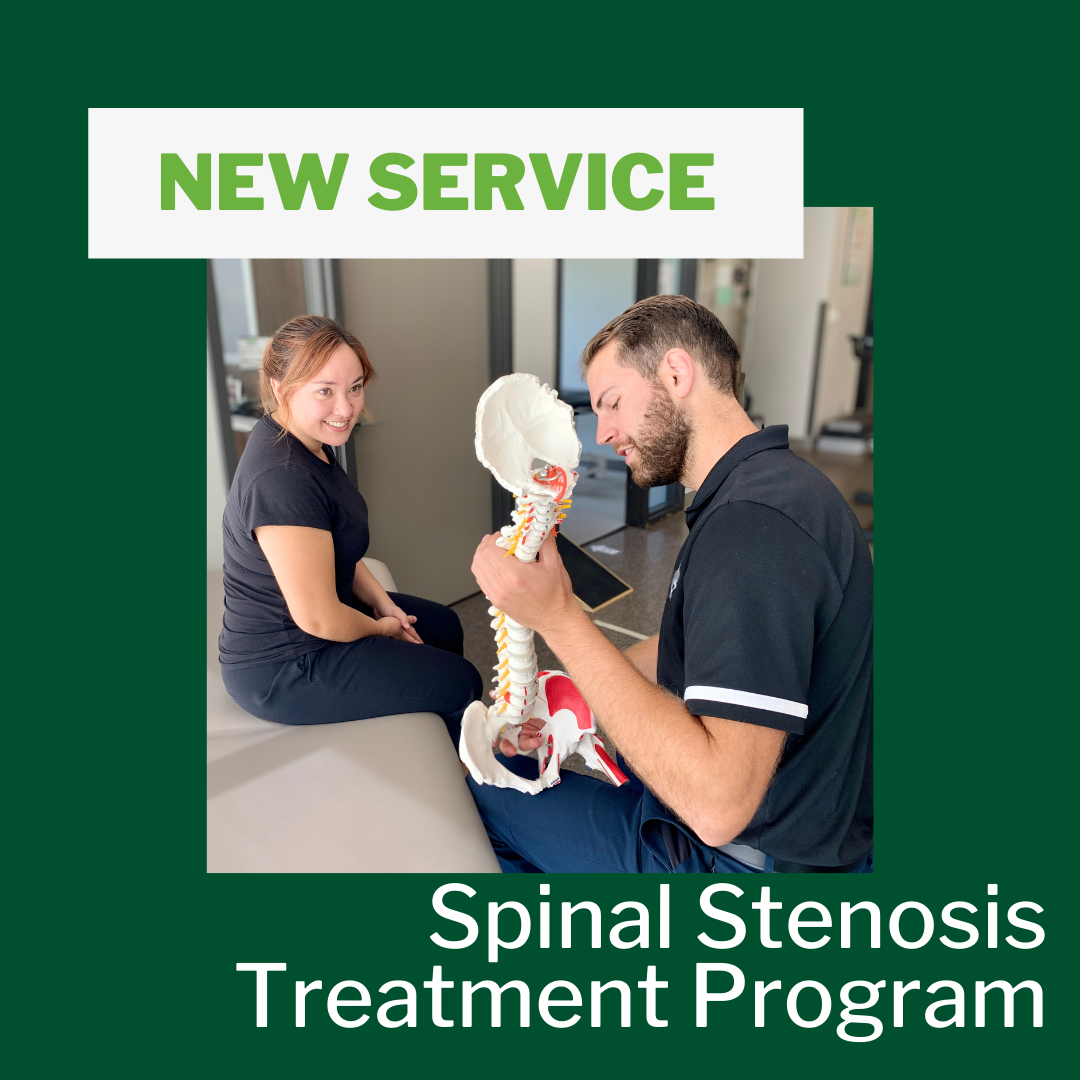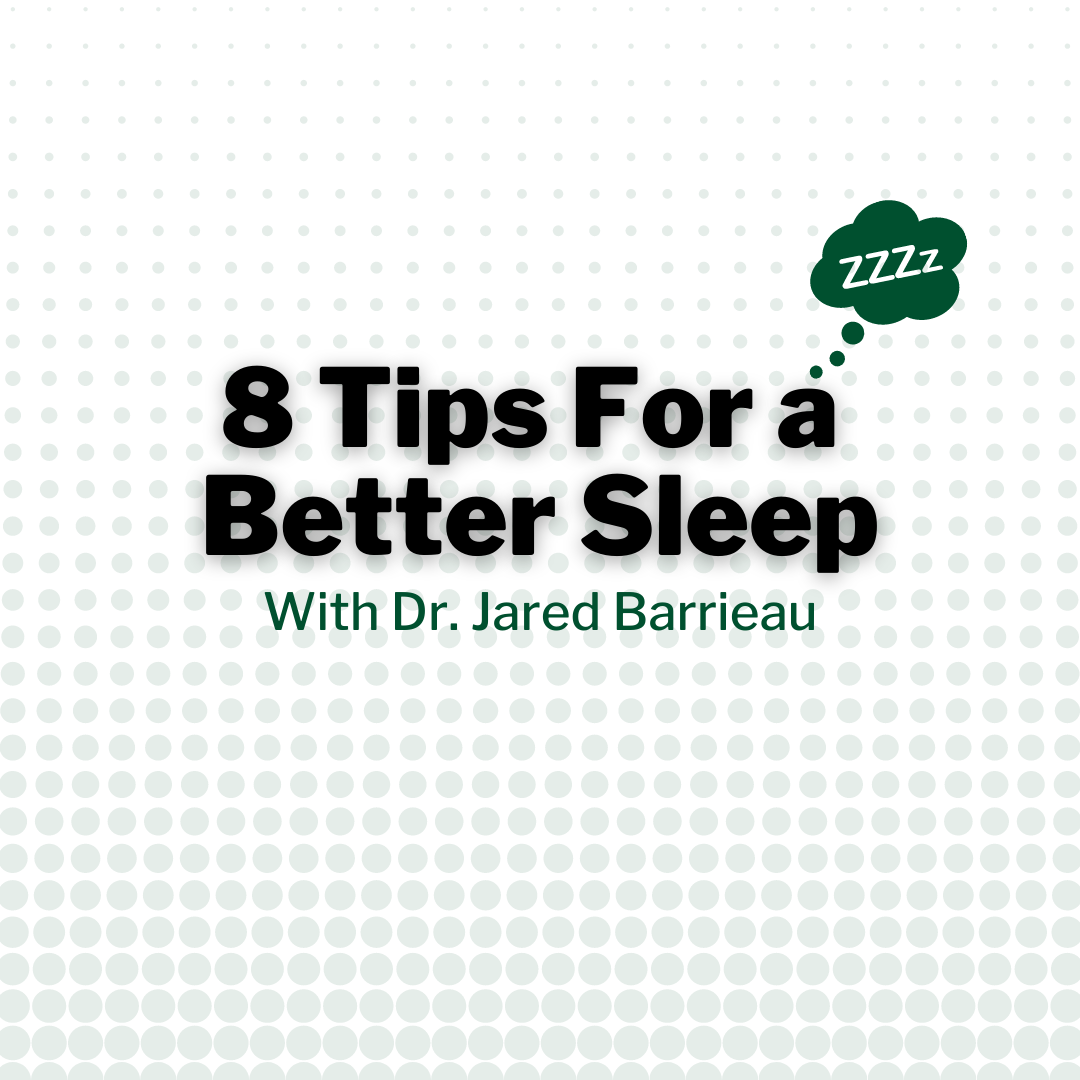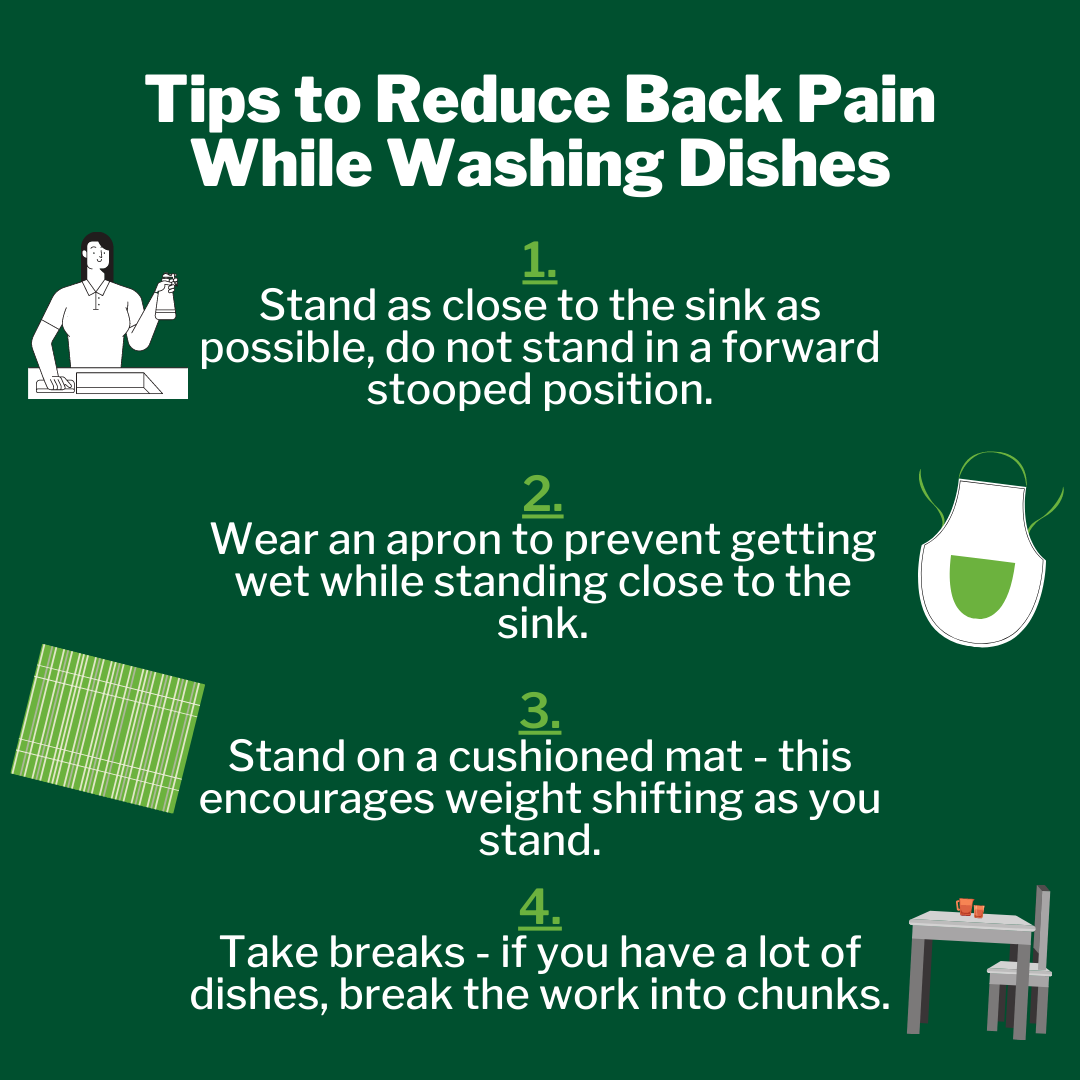Evidence-Based Treatment for Hip & Knee Osteoarthritis - The GLA:D Canada Program | Trent Health in Motion
What is Osteoarthritis?
Osteoarthritis (OA) is one the most common types of arthritis affecting more than 4 million Canadians, or 1 in 7 adults. OA is a progressive disease of the whole joint that can lead to the breakdown of joint cartilage and the underlying bone.
OA is a result of the body’s failed attempt to repair damaged joint tissues. For most people, this damage occurs when otherwise healthy joints are exposed to heavy workloads over a long period of time. However, for some individuals whose joints are formed differently or who have experienced a previous joint injury, even normal workloads can accelerate joint damage.
Osteoarthritis can occur in any cartilage-covered joint surfaces, however, the knee and hip are large joints that are frequently affected due to the loads that are put through the joints with daily activity. The knee in particular is prone to injury, and knee injuries frequently lead to osteoarthritis.
How do I tell if I have Knee or Hip Osteoarthritis?
Early signs of osteoarthritis in the knee or hip may include joint pain and stiffness first thing in the morning, or after you have been sitting still for a period of time. Stiffness and reduced mobility can make it difficult to do the things that you used to, for instance crouching, such as when you are putting on socks.
Knee Osteoarthritis
Symptoms may include:
- Pain with weight-bearing
- Stiff and unstable leg
- Knee giving out
- Crunching or clicking noises; in early cartilage changes, clicking may be heard and felt when the knee is bent and straightened. These symptoms may cause difficulty in climbing stairs and hills, sitting on your knees and squatting and getting up from sitting
- When there has been significant degeneration of the joint OA of the knee results in deformities such as ‘knock-knees’ or ‘bowed-legs’.

Hip Osteoarthritis
Symptoms may include:
- Pain can be located outside the hip or deep into the groin (where the hip joint actually sits), or on the inside or outside of the thigh or down the leg. Sometimes there is no hip pain, but instead the pain feels like it is in the thigh or knee area
- Hip osteoarthritis often leads to reduced movement in the joint. This can lead to trouble with daily activities such as getting in the car, putting on socks, etc
- Often, your step length will get shorter when walking. It may be hard for you to straighten your hips, so you may tend to bend forward when walking.
What can I do for my Hip and Knee Osteoarthritis?
There is currently no cure for OA. However, treatment can be used to reduce symptoms and improve function of the joint. Learning about osteoarthritis is part of the treatment. Special exercises can be done to relieve pain and boost joint function. When function improves, the next step is to get more active. Being physically active can help maintain strength and improve overall health. These things should be done as early as possible by people who have osteoarthritis.
What is GLA:D Canada?
Based on the success of the program in Denmark, the GLA:D® education and exercise program for knee and hip OA is now being made available in Canada. GLA:D Canada is an 8-week education and exercise program for those with stiff and/or painful knees and hips, or those with knee and/ or hip osteoarthritis. GLA:D participants report less pain, reduced use of painkillers, and being more physically active.
What is included in the GLA:D Canada Program?
2-3 Education Sessions 2 or 3 90-minute education sessions will teach GLA:D™ Canada participants about:
•What is osteoarthritis, risk factors and symptoms
• Current available treatment for osteoarthritis
• How to self-manage your symptoms
• Why and how exercise can help with your osteoarthritis
• How to cope with the difficulties of daily activities associated with osteoarthritis
12 Neuromuscular Exercise Sessions
60 minute group exercise sessions twice a week for 6 weeks led by a Chiropractor. You will:
- Learn how to control your movements and proper posture
- Build muscular strength through functional exercises
- Learn how to apply these exercises to everyday activities.
Is the GLA:D Canada Program right for me?
Prior to participating in the program, the GLAD therapist will complete a physical assessment to ensure that you have symptoms that will respond to the GLAD™ Canada program. You may not be able to participate in the GLA:D™ Canada program if:
- You have other reasons for your hip and/or knee problem e.g. soft tissue or connective tissue problems, inflammatory joint disease, fracture or some other disease
- You have other symptoms that are more pronounced than the osteoarthritis problems (for example chronic generalized pain or fibromyalgia)
- You are unable to understand and communicate in English and we cannot provide translation for the education and to support you during the exercise program.

